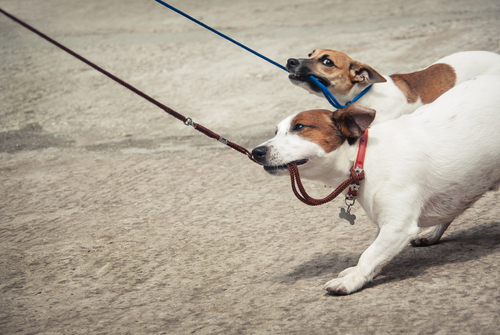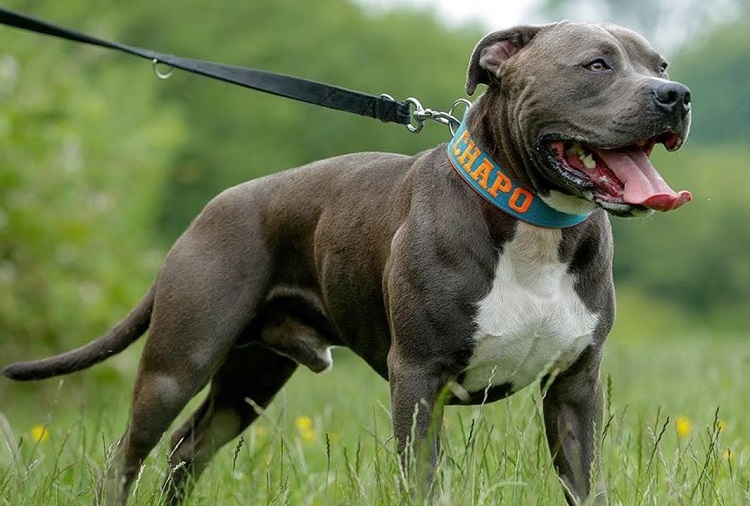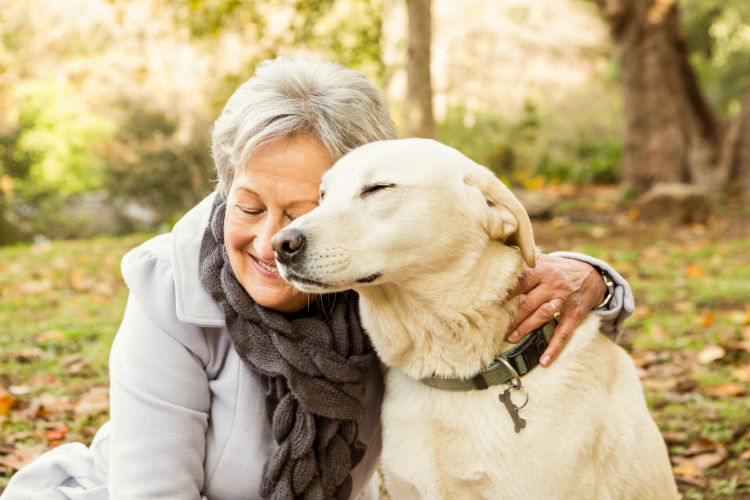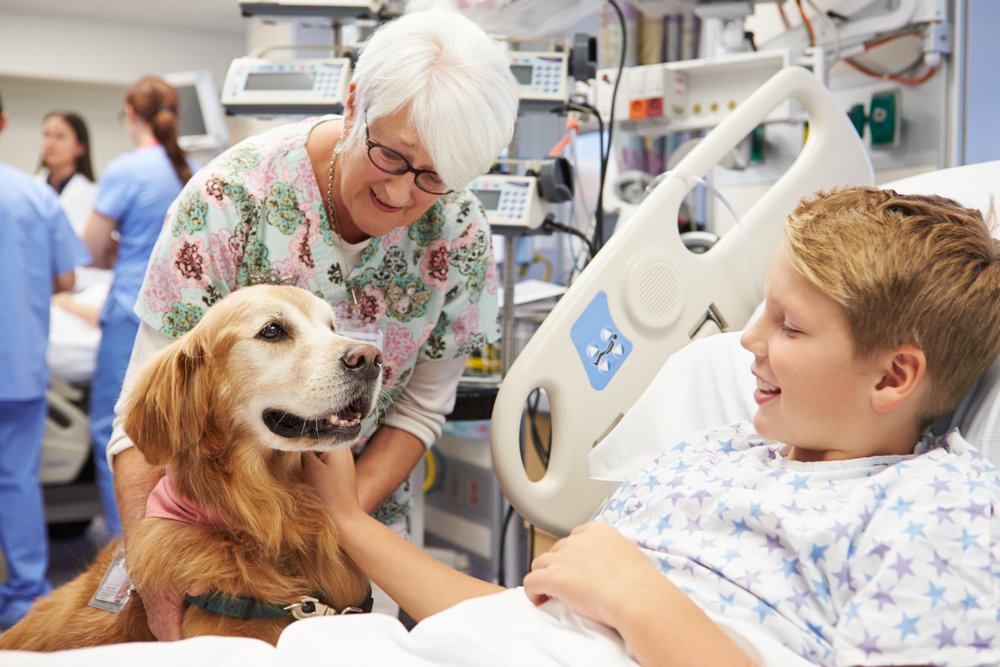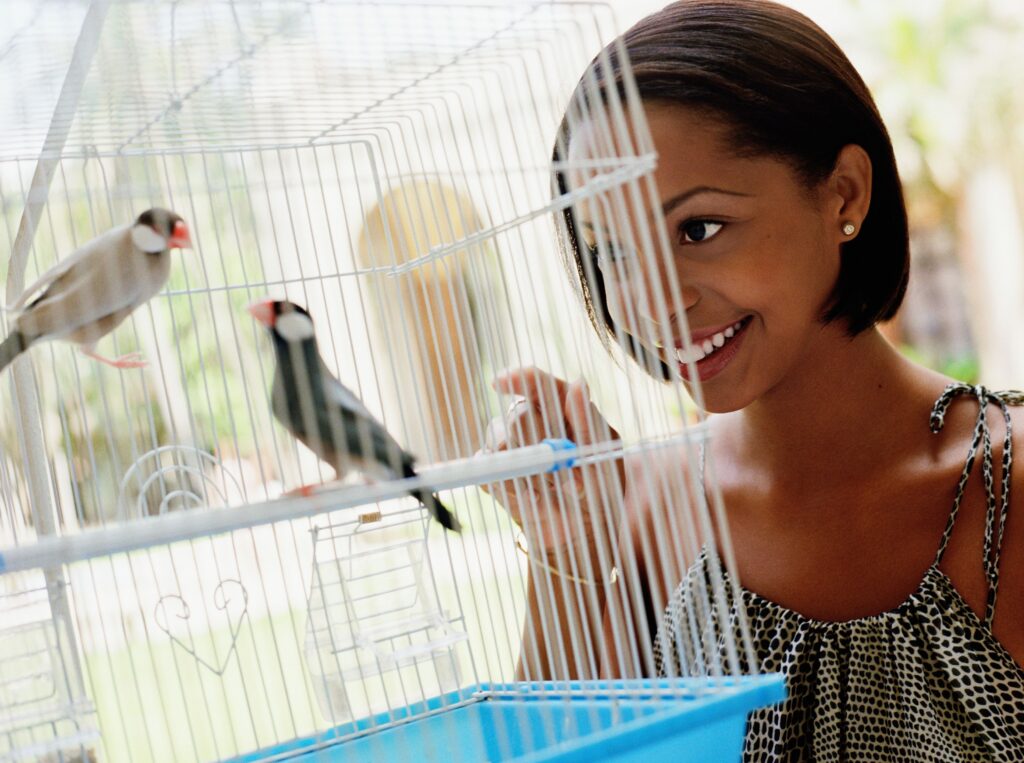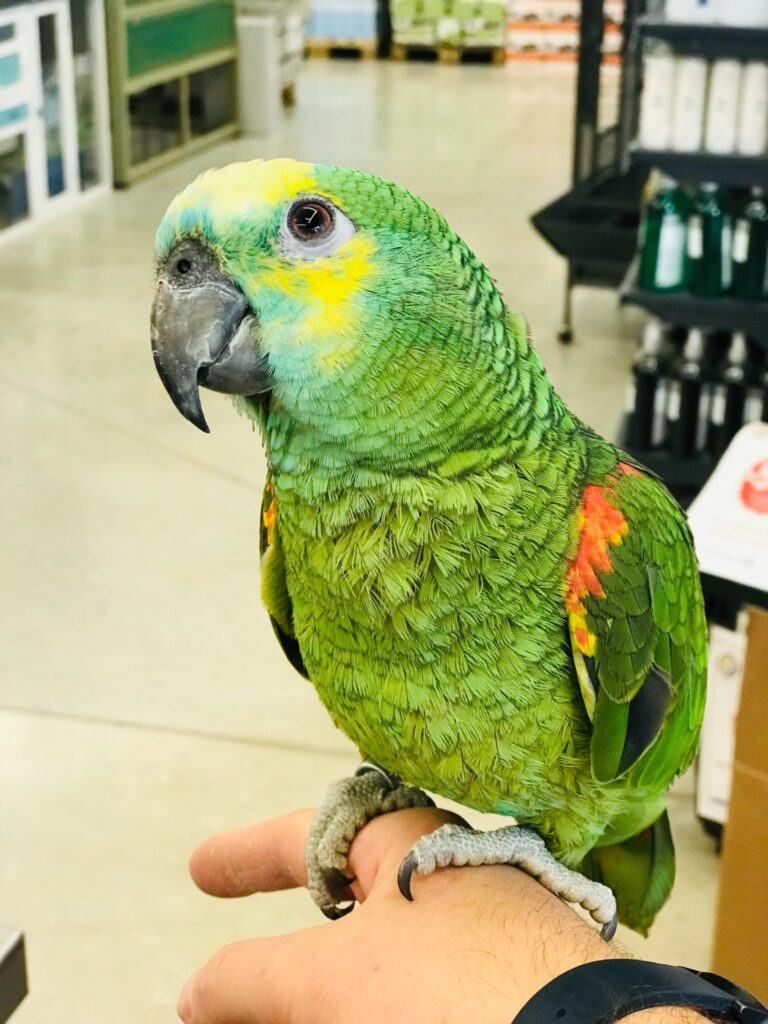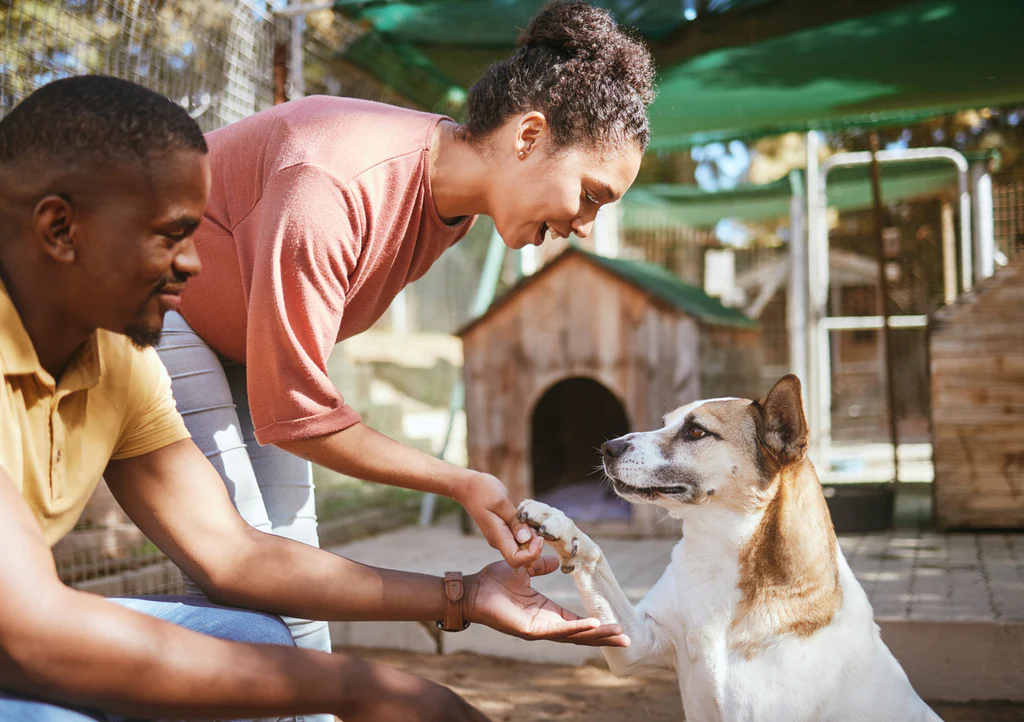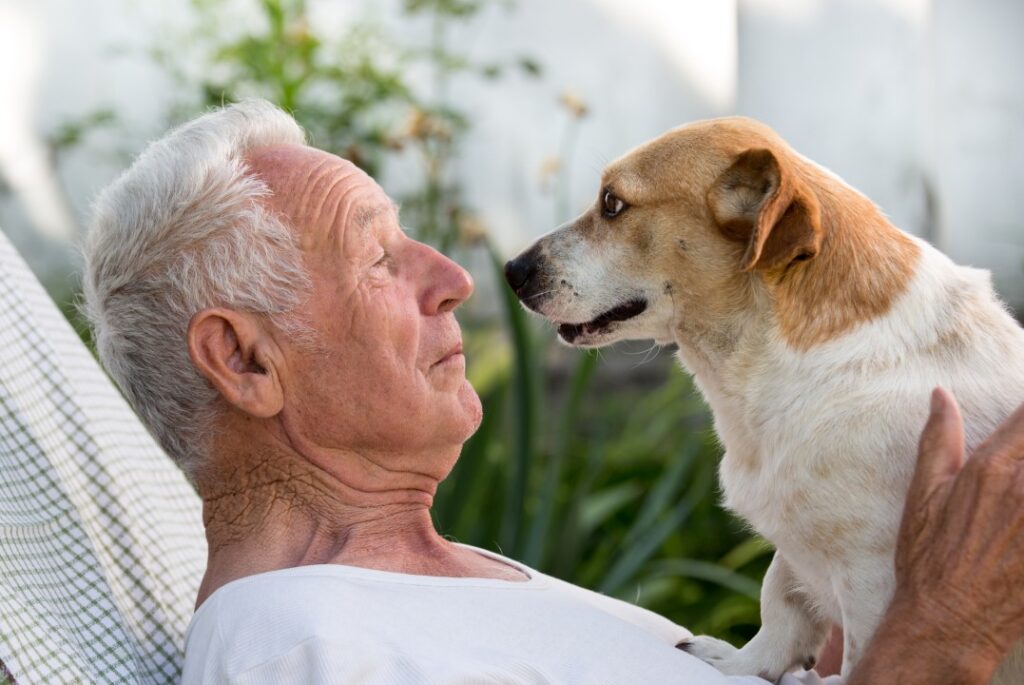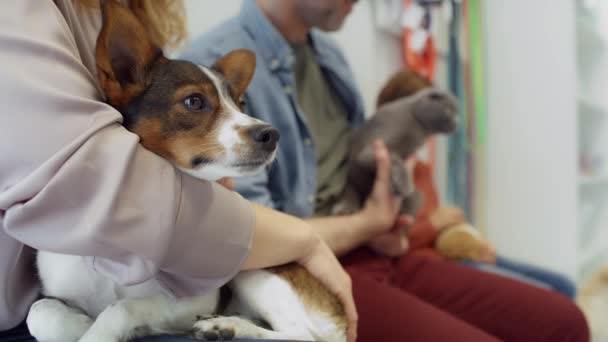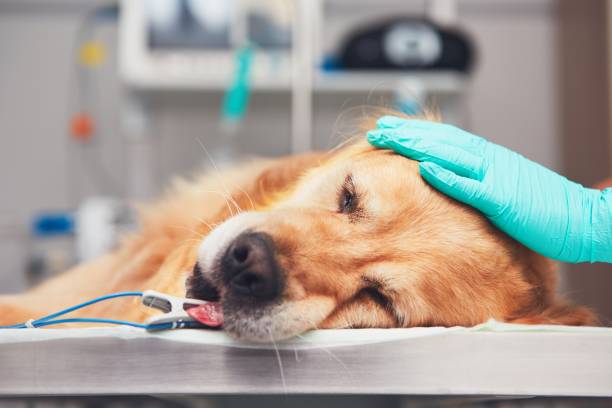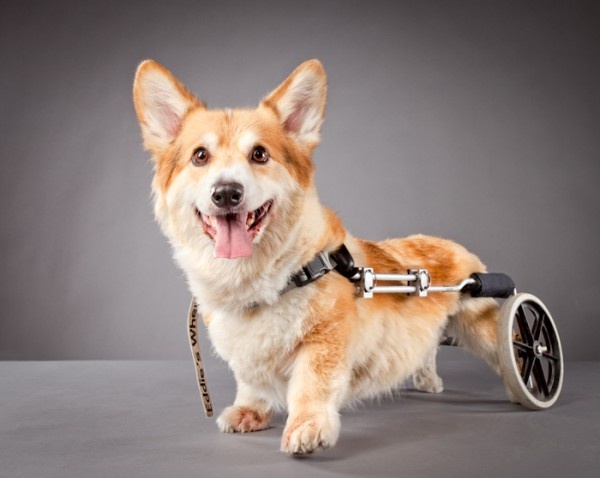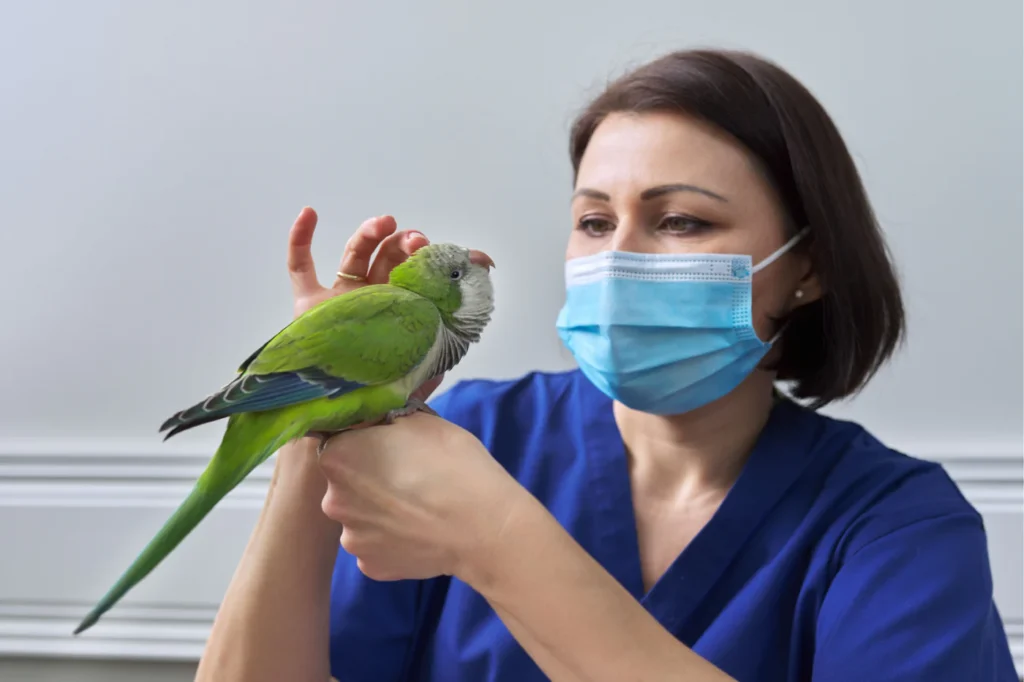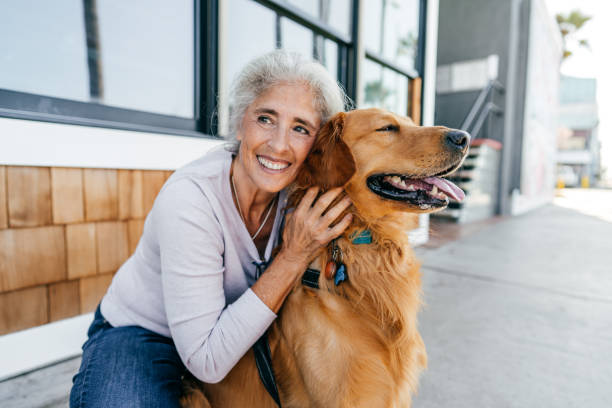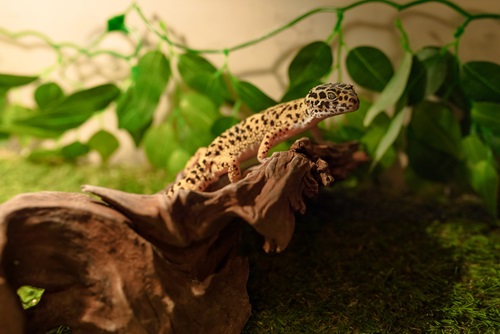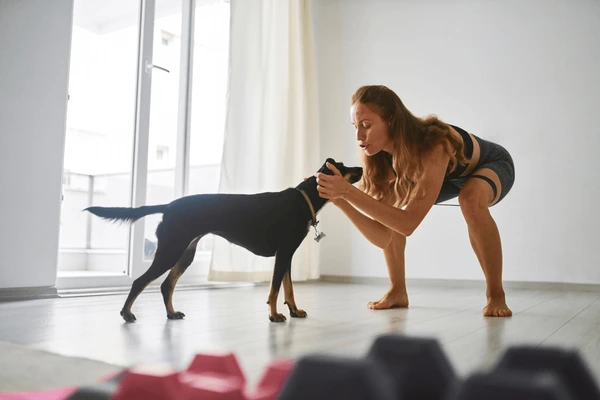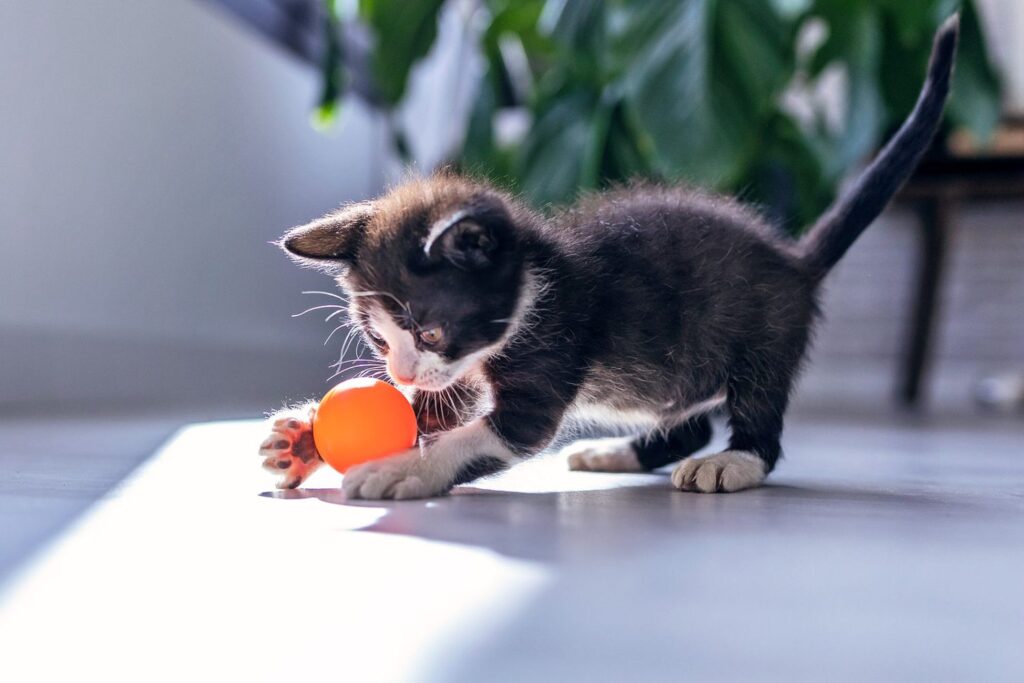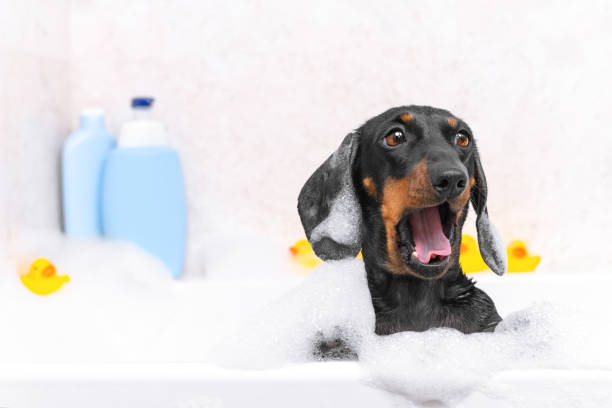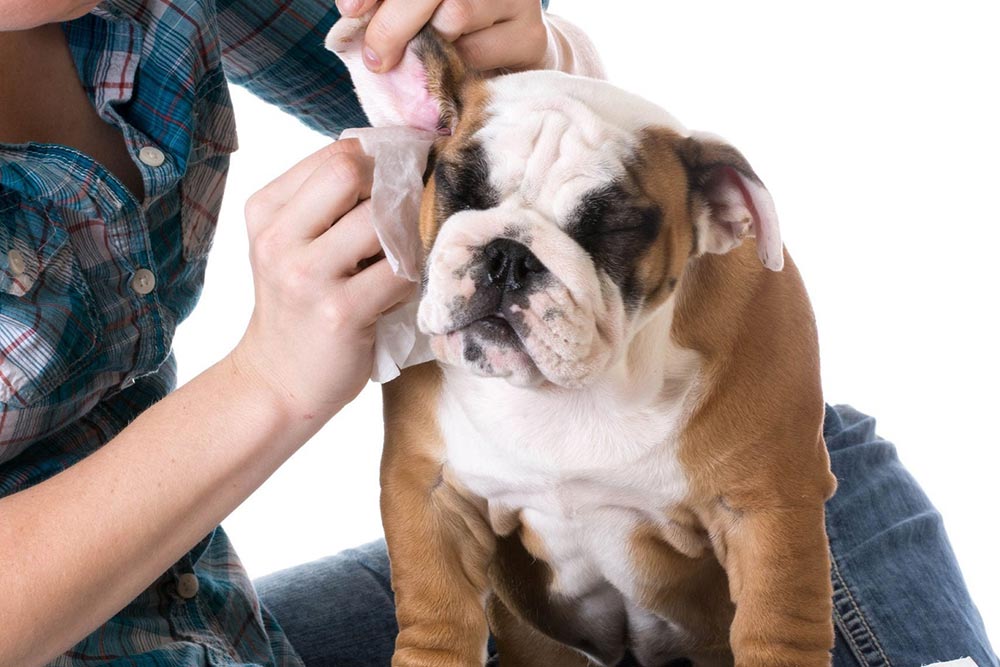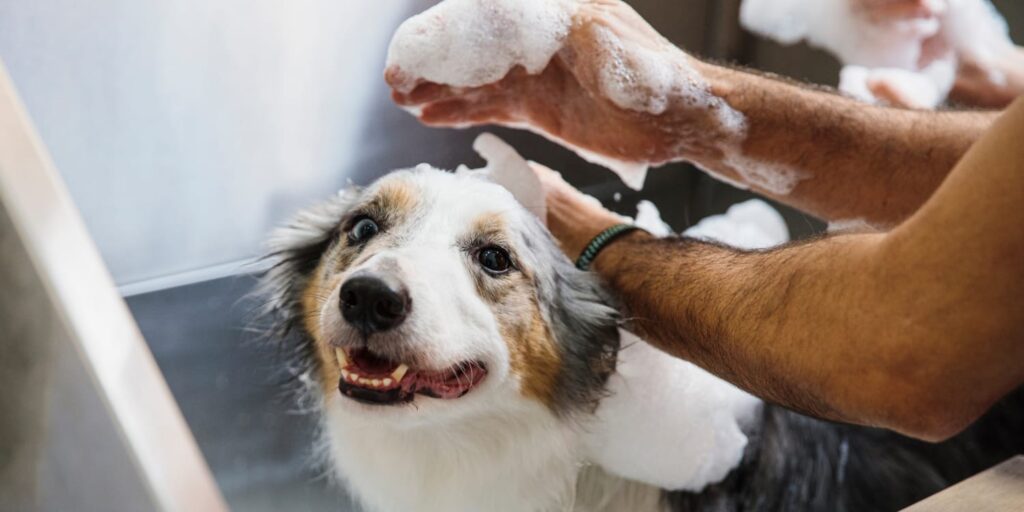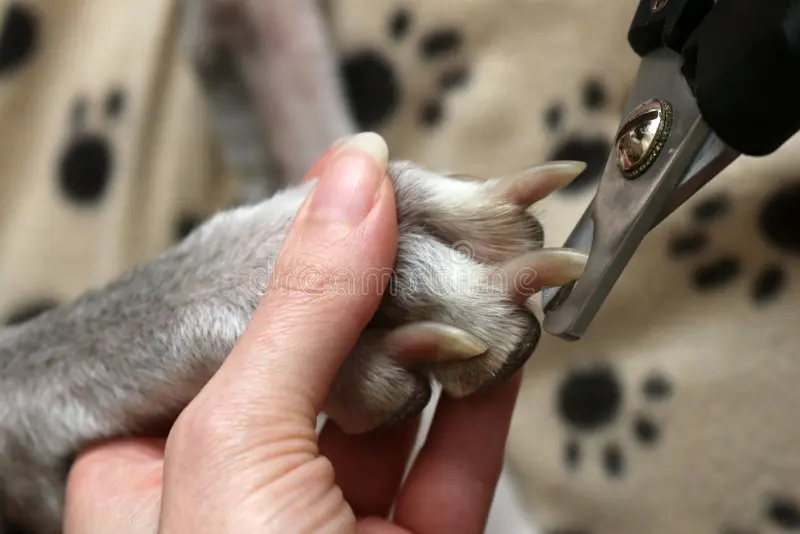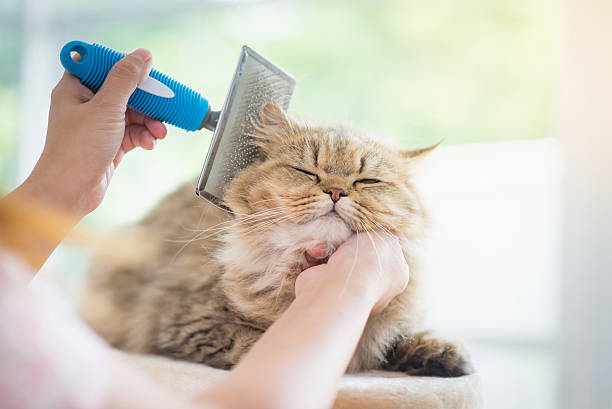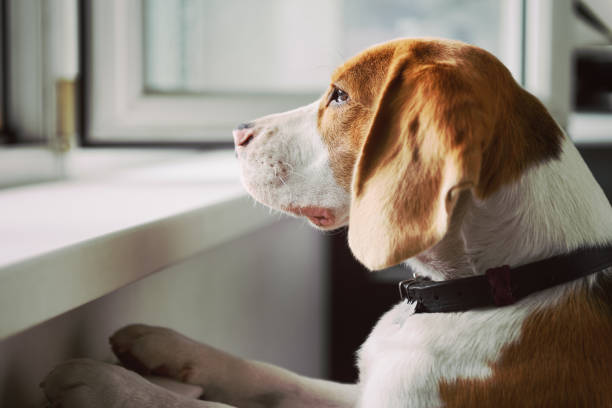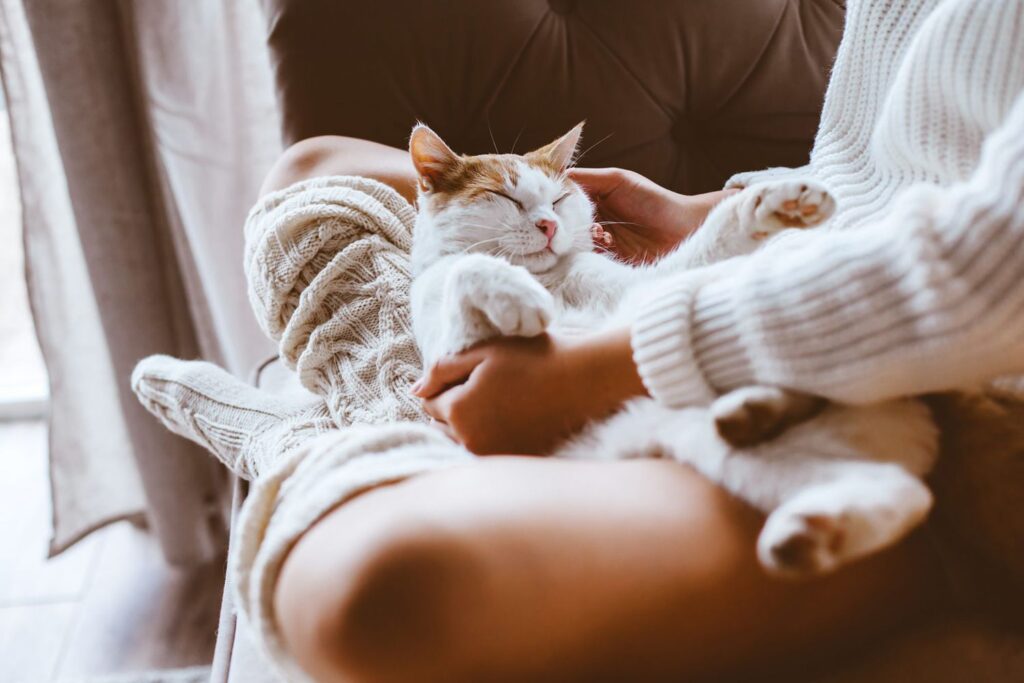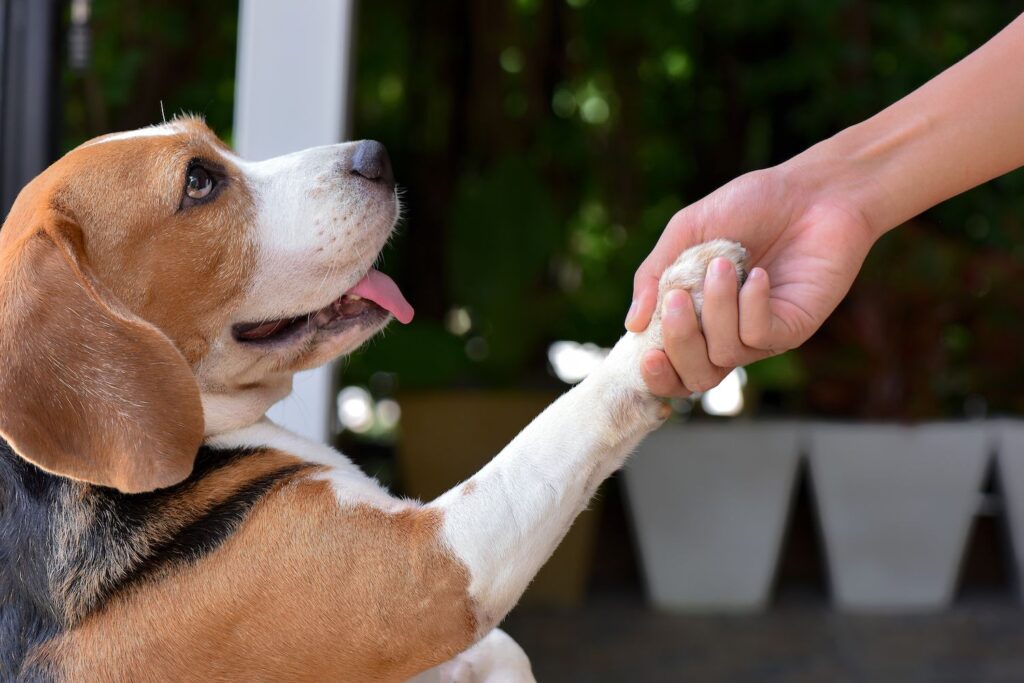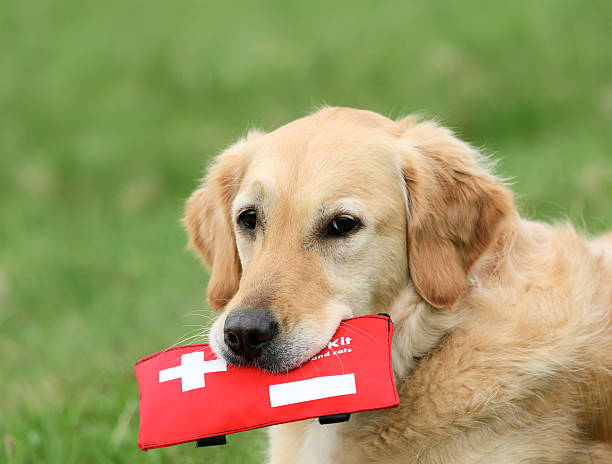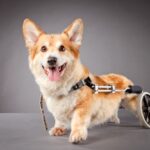Creating an Accessible Home Environment for Special Needs Pets
Welcoming a special needs pet into your home can be a deeply rewarding experience, but it also comes with unique challenges. In this guide, we’ll explore practical tips for creating an accessible home environment that supports the unique needs of special needs pets, ensuring their safety, comfort, and well-being.
Understanding the Needs of Special Needs Pets
Identifying Special Needs
Special needs pets may require accommodations due to mobility issues, sensory impairments, chronic medical conditions, or behavioral challenges. It’s essential to identify your pet’s specific needs and tailor your home environment accordingly.
Common Challenges
Special needs pets may face challenges such as difficulty navigating stairs, limited mobility, incontinence, sensitivity to loud noises, or the need for specialized diets. Understanding these challenges is the first step in creating a supportive environment for your furry friend.
Adapting Your Home Environment
Creating Safe Spaces
Designate quiet, safe spaces where your special needs pet can retreat to rest and relax. Provide soft bedding, toys, and familiar scents to make these spaces inviting and comforting for your pet.
Adjusting Furniture and Layout
Make adjustments to your home’s layout to accommodate your pet’s mobility needs. Arrange furniture to create clear pathways, remove obstacles or hazards, and ensure easy access to essential areas such as food, water, and litter boxes.
Eliminating Hazards
Identify and remove potential hazards from your home, such as loose cords, sharp objects, toxic plants, or small items that could be swallowed. Use baby gates or barriers to restrict access to areas where your pet could get injured.
Mobility Aids and Assistive Devices
Wheelchairs and Carts
Consider using wheelchairs or carts to help pets with mobility issues regain independence and mobility. These devices provide support and stability, allowing pets to move around more freely and engage in activities they enjoy.
Ramps and Steps
Install ramps or steps to help pets with mobility challenges access elevated surfaces such as beds, couches, or vehicles. Choose non-slip materials and secure the ramps or steps in place to prevent accidents.
Orthopedic Beds and Mats
Provide comfortable and supportive bedding for your special needs pet, such as orthopedic beds or mats. These products help relieve pressure on joints and provide extra cushioning for pets with mobility issues or chronic pain.
Ensuring Proper Nutrition and Hydration
Specialized Diets
Consult with your veterinarian to develop a specialized diet plan tailored to your pet’s specific needs. Specialized diets can help manage conditions such as obesity, arthritis, diabetes, or food sensitivities, ensuring your pet receives the nutrients they need to thrive.
Accessible Water Sources
Ensure your pet has easy access to fresh water at all times by placing water bowls in accessible locations throughout your home. Consider using elevated or automatic water dispensers to accommodate pets with mobility issues or vision impairments.
Maintaining Mental and Emotional Well-being
Socialization and Enrichment
Provide opportunities for socialization and mental stimulation to keep your special needs pet engaged and happy. Schedule regular playtime, interactive training sessions, and outings to new environments to prevent boredom and promote mental and emotional well-being.
Managing Stress and Anxiety
Be attentive to your pet’s stress levels and provide a calm, predictable environment to help them feel safe and secure. Use calming pheromone diffusers, soothing music, or behavioral training techniques to alleviate anxiety and promote relaxation.
Regular Veterinary Care and Monitoring
Routine Check-ups
Schedule regular veterinary check-ups to monitor your pet’s health and address any emerging issues promptly. Your veterinarian can assess your pet’s condition, adjust treatment plans as needed, and provide guidance on managing their specific needs.
Monitoring Health Changes
Keep a close eye on your pet’s health and behavior, noting any changes or abnormalities that may indicate a decline in their condition. Monitor appetite, energy levels, mobility, and bathroom habits, and report any concerns to your veterinarian right away.
Conclusion
Creating an accessible home environment for a special needs pet requires careful planning, patience, and dedication. By understanding your pet’s unique needs, making necessary adaptations to your home environment, providing specialized care and support, and maintaining regular veterinary care, you can ensure that your furry friend enjoys a happy, healthy life.





